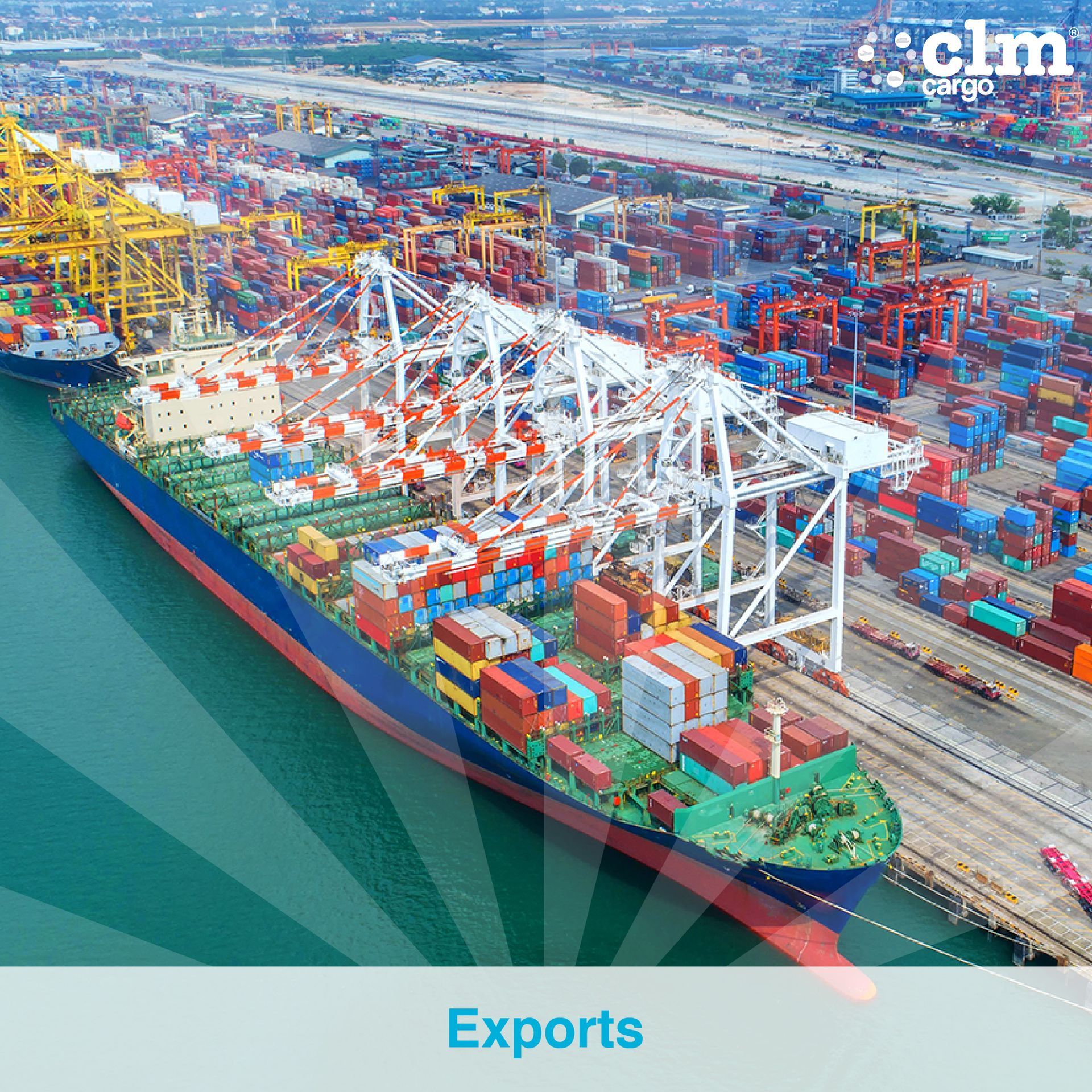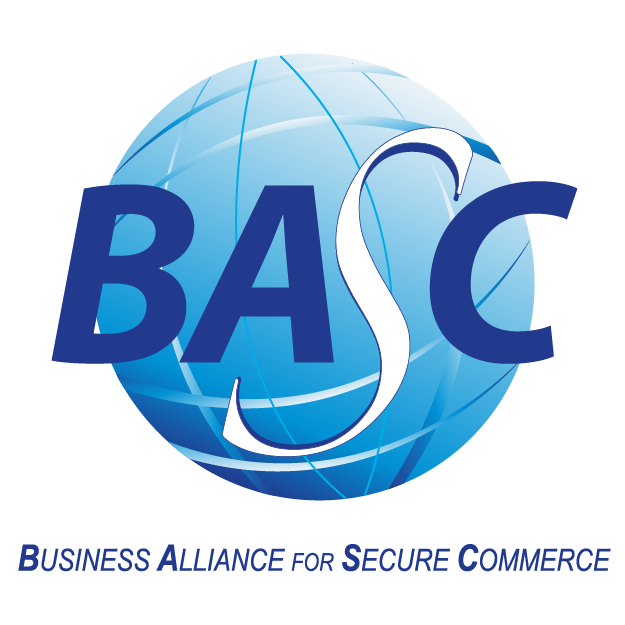HOW TO EXPORT FROM COLOMBIA
Exporting is easier than you think, From Colombia to the World

EXPORTING means sending or selling a product from Colombia to a foreign country.
To do this, you as an exporter must meet several requirements. Here’s a list for you to keep in mind:
- Your product
- Destination
- Tariff classification
- Export requirements
- Legal documents (Chamber of Commerce, RUT, VUCE)
- Price list in USD
- VAT
- Authorizations with DIAN and ports (if shipping by sea)
How to Export from Colombia
1. YOUR PRODUCT
Colombia has trade agreements with different countries. These agreements can lower the tax burden on your product in the destination country, provided the origin of raw materials and the tariff classification qualify. This can be a competitive advantage for you.
Additionally, due to the nature of certain goods (general cargo, bulk cargo, hazardous goods, perishables, refrigerated cargo, oversized cargo, live animals, etc.), not all transportation methods may be available. Your logistics provider should guide you on how to ship your goods and what transport documents will be required.
2. WHERE YOU ARE EXPORTING TO
Check whether your product qualifies for a certificate of origin in that destination. Just because a country has a trade agreement does not mean your product will automatically get tariff benefits. You must complete sworn declarations or origin criteria, listing the raw materials used in your product and their origins. Your suppliers should also certify the origin of the raw materials they provide.
This document must be processed per reference/composition. Trade agreements define the percentage of local content your product must have to qualify for origin benefits.
For example:
- In Ecuador, only Colombian labor is required, regardless of raw material origin.
- The United States and Mexico have stricter requirements, even regarding fiber or thread origin (textile sector).
DIAN determines the origin and issues a certificate valid for two years.
3. VERIFY THE TARIFF CLASSIFICATION
Globally, tariff classifications have six digits, while Colombia uses ten digits. To classify your product correctly, you’ll need:
- A technical data sheet
- A product description
- An image
- The intended use of the product
4. CHECK EXPORT REQUIREMENTS FOR YOUR TARIFF CODE
Once you have the tariff code, check the export requirements. Verify if there are any royalty payments or permits needed from entities such as INVIMA, ICA, etc.
It is also advisable to check the import requirements in the destination country, including reference prices, prior registrations, or any other regulations.
5. LEGAL DOCUMENTS
Chamber of Commerce
Your company's business purpose must specify export activities. We also recommend including import activities, as this can simplify future processes like tax refunds.
RUT (Tax Identification Registry)
Your RUT must classify you as an exporter (Code 22). The information in your Chamber of Commerce registration and RUT must match.
VUCE Registration
The Single Window for Foreign Trade (VUCE) registration should be completed 8 to 10 days before your planned export, as it has a limited validity period.
Once registered, you must add your products by tariff classification and list your foreign buyers. This registration takes 24 to 48 hours for approval by the anti-narcotics police. Once approved, the system will display an "AUTHORIZED FOR EXPORT" confirmation, allowing you to proceed with international logistics.
6. PRICE LIST IN USD
International trade is usually conducted in US dollars (USD). To maintain stable pricing, we recommend using an exchange rate 200 COP below the official exchange rate (TRM). This will help you maintain prices over time. If needed, you can apply commercial discounts rather than adjusting the entire pricing structure.
7. VAT
Exports from Colombia are exempt from VAT. However, VAT paid on raw materials can be reimbursed by your accountant through the export declaration.
If you operate under a simplified tax regime, you cannot deduct VAT, meaning it should be factored into your cost and included in your sales price.
8. FINALIZE YOUR FIRST ORDER
Negotiate with your buyer. Once you have their order details, we can estimate your export logistics costs based on:
- Air freight
- Maritime freight (FCL or LCL)
- Land transportation (for border countries)
- Insurance (depending on cargo value)
- Warehousing needs
With this information, both you and your customer can determine if the initial order is viable or if pricing or quantities need adjustments.
9. CONTACT YOUR TRUSTED FREIGHT FORWARDER AND CUSTOMS BROKER
At CLM Cargo, we act as "Your Foreign Trade Department." We provide detailed guidance on:
- Supply chain costs in exports
- Tariff restrictions
- Required documents based on product classification
- Destination-specific requirements (e.g., labeling regulations)
We guide you step by step through the process.
10. DETERMINE THE TRANSPORT MODE BASED ON WEIGHT/VOLUME & TRANSIT TIME
Using your packing list, we will determine the best transport mode:
- Courier for small shipments
- Air freight for urgent deliveries
- LCL shipping for consolidated cargo
- FCL shipping for full containers
- Road transport for border destinations
Once chosen, we will establish the transit time.
11. REGISTER WITH PORTS/AIRPORTS
Once the order and shipping method are confirmed, we will determine which documents are needed for registration with each relevant entity. These registrations typically have a 1-year validity.
Useful Information
Trade Agreements Between Colombia and the World
Want to get an online quote for exporting your cargo?






